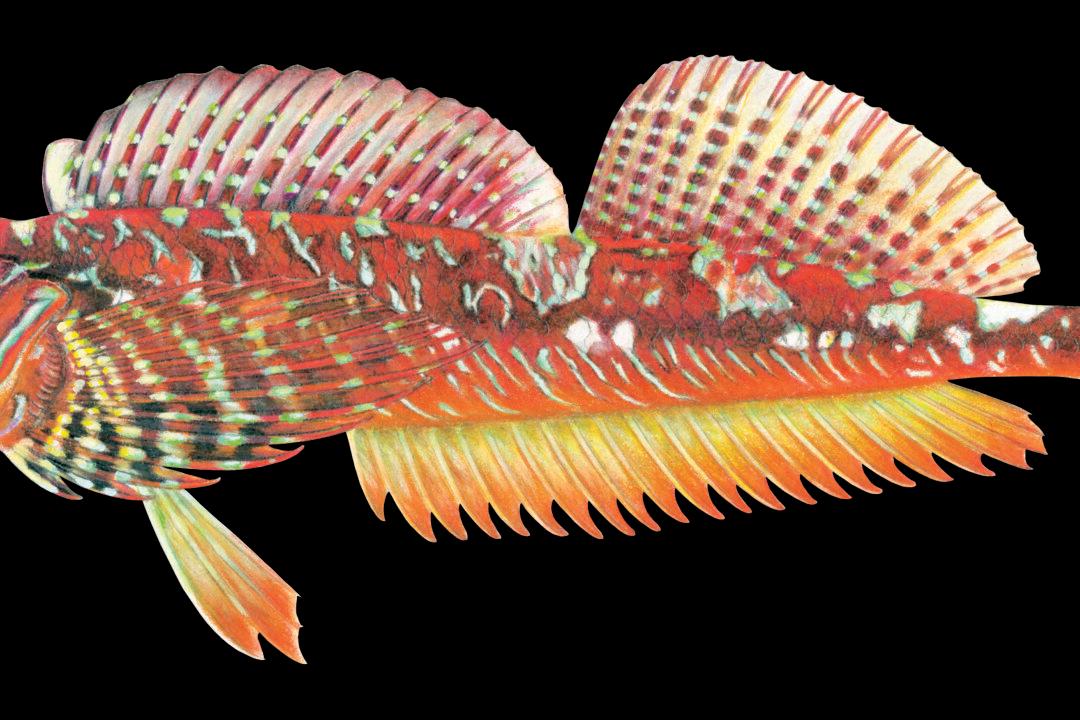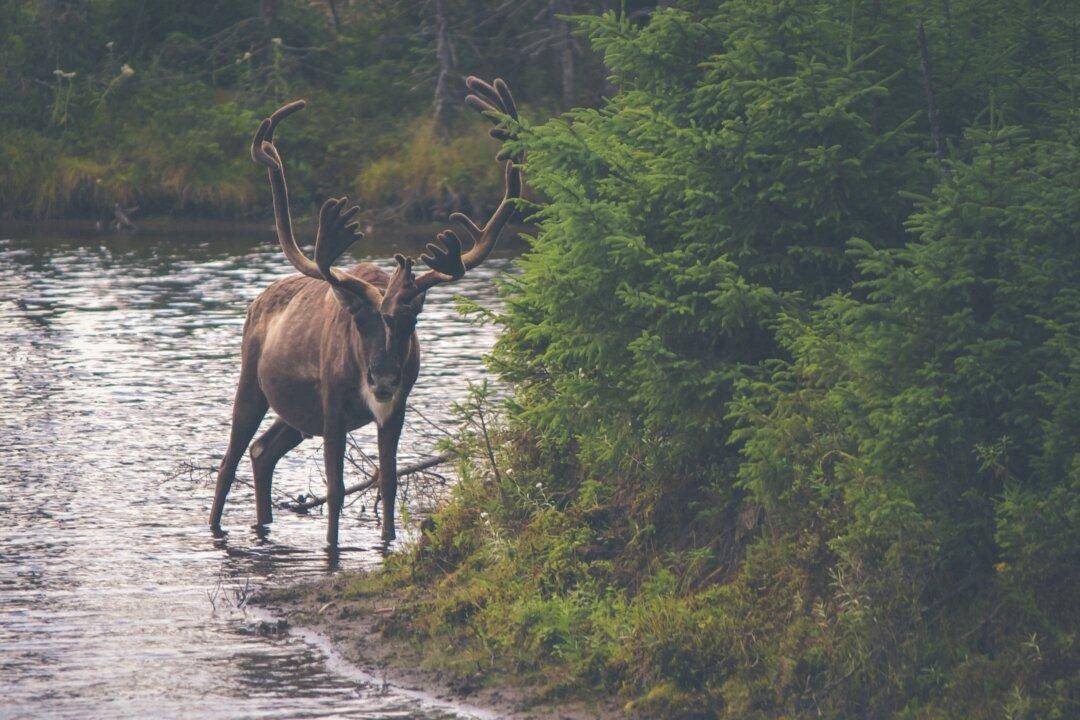You may have heard of the Coho salmon, Pacific halibut, and even the dogfish shark. But what about the Pacific viperfish, northern flashlight fish, dwarf wrymouth, or the longsnout prickleback?
These colorfully named species and others appear in a new report that documents all of the fishes that live in the Salish Sea, a roughly 6,500-square-mile region that encompasses Puget Sound, the Strait of Juan de Fuca, the Strait of Georgia, the San Juan Islands, and the Canadian Gulf Islands.
In total, 253 fish species have been recorded in the Salish Sea, and that’s about 14 percent more than in the last count, says Ted Pietsch, coauthor of the new report and an emeritus professor of aquatic and fishery sciences at the University of Washington.
Previous surveys never fully captured the total number of fish species, though Salish Sea bird and mammal species are documented in full.
“It’s quite astonishing to think that people haven’t really known what’s here in any detail,” Pietsch says. “In preparing this report, we’ve really turned over every stone to make sure we have every fish species ever recorded from our inland marine waters.”
The paper’s other author is Jay Orr, a scientist with the Alaska Fisheries Science Center and a former graduate student of Pietsch’s. Their exhaustive report represents the first thorough survey and analysis of Salish Sea fishes in 35 years.
253 Fish Portraits
The report, published online by the National Oceanic and Atmospheric Administration, includes a full taxonomic list as well as an analysis of geographic distribution and relative local abundance, along with common and scientific names and key references to learn more about each species. Some of the fishes appear in artist Joe Tomelleri’s hand-drawn images.
The report is a precursor to a book coming out in a year or two that will feature Tomelleri’s drawings of all 253 Salish Sea fish species.



